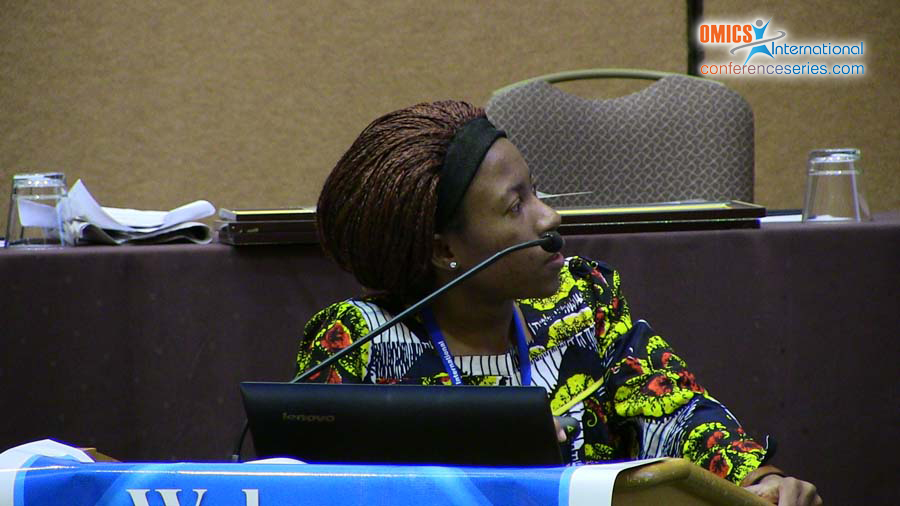
Danielle Laure Taneyo Saa
University Of Bologna
Italy
Title: Cereal fermentation: A “future tradition†towards a modern and sustainable healthy diet
Biography
Biography: Danielle Laure Taneyo Saa
Abstract
The idea that modern humans have diverged too far from the lifestyle of our prehistoric ancestors, including food habits and with consequent reduced resistance to diseases is an interesting proposition suggested by Eaton and Konnor in 1985. Many traditional fermented foods are based on lactic acid fermentation in association with yeasts or molds. Moreover whole grains are concentrated sources of nutrients and phytochemicals with well-known beneficial effects for human health. Whole cereal sourdough fermentations showed significant potential in improvement of the nutritional quality and health effects of foods and ingredients. In addition, sourdough can also actively retard starch digestibility leading to low glycemic responses, modulate levels and bioaccessibility of bioactive compounds and improve mineral bioavailability. In order to facilitate the industry to face the consumers increasing awareness of the health benefits of whole cereals in Europe, novel functional bakery food formulations which could be more easily adopted in the everyday diet were launched. However the complexity of variables involved (agronomic traits, processing, bioaccessibility, bioavailability etc.) requires an “holistic” approach. With that aim the scientific bases for two examples of functional fermented bread will be describe: To exploit fermentation processes to improve the nutritional quality and health effects of non conventional whole grain breads (Kamut® Khorasan wheat and Einkorn) and to use bread as food vehicle (vector) to increase the intake of bioactive iron. Different aspects will be considered such as nutritional and sensorial aspects, anti-inflammatory activity, effect on gut microbiota and metabolites.





